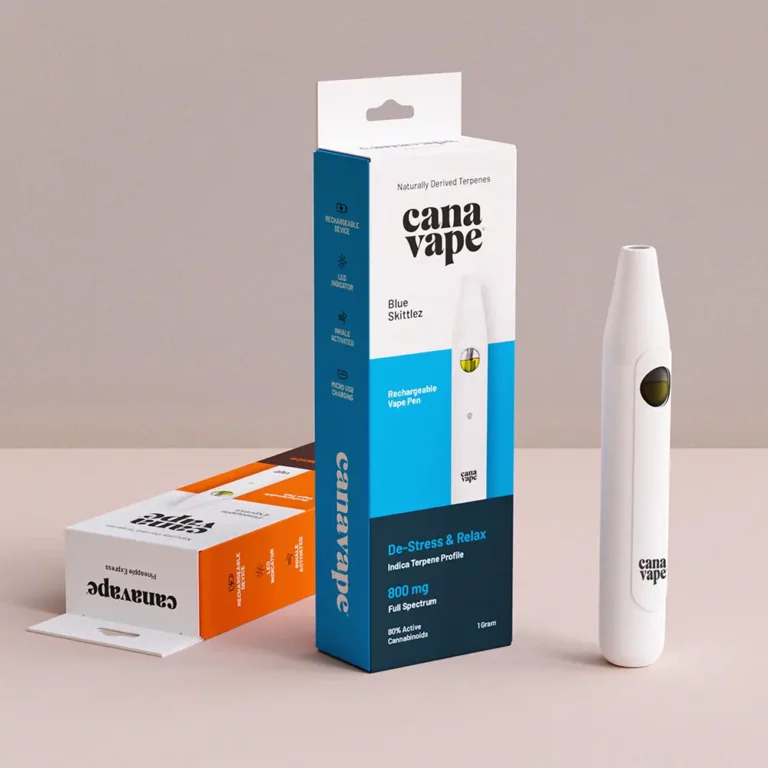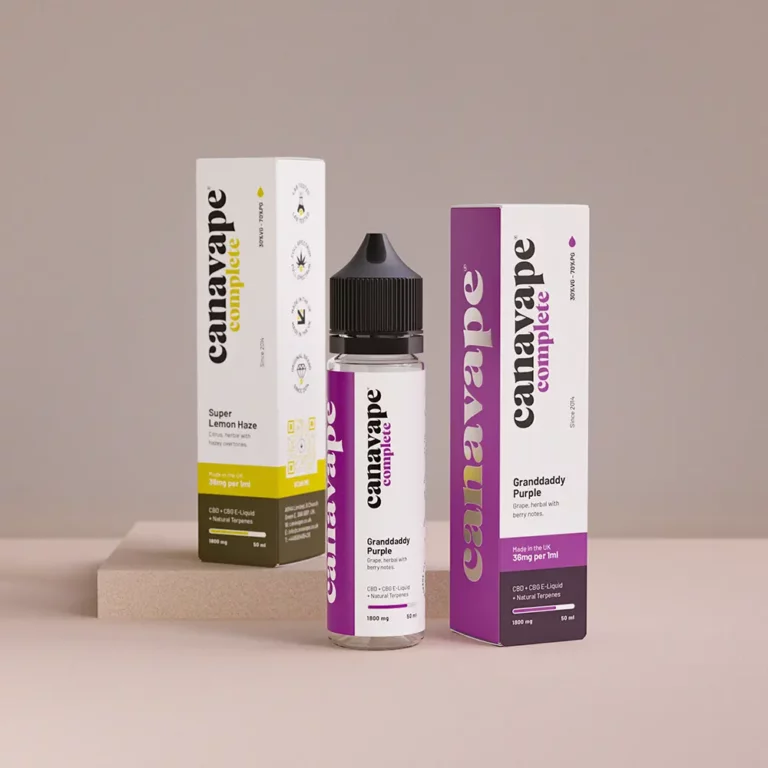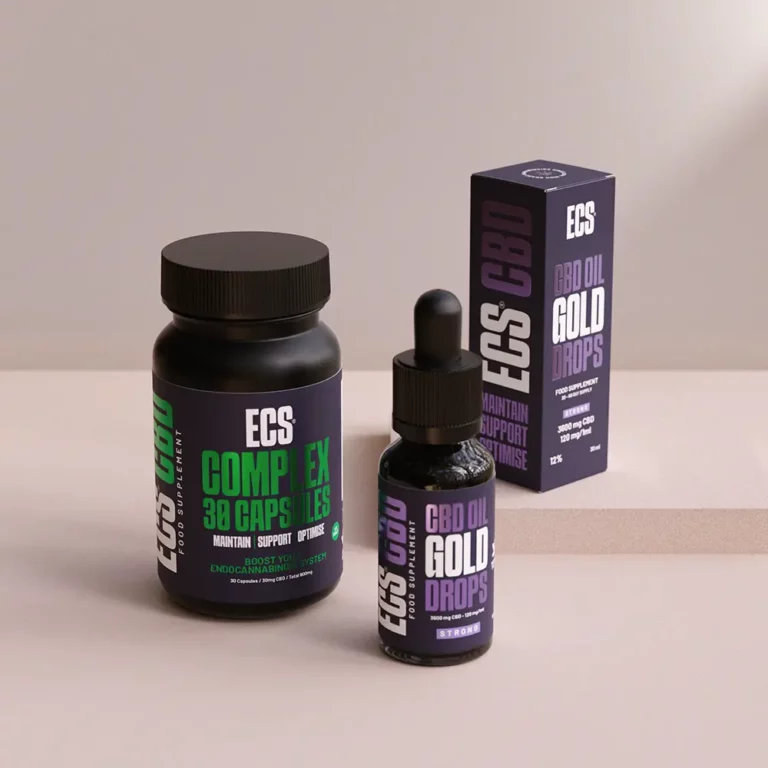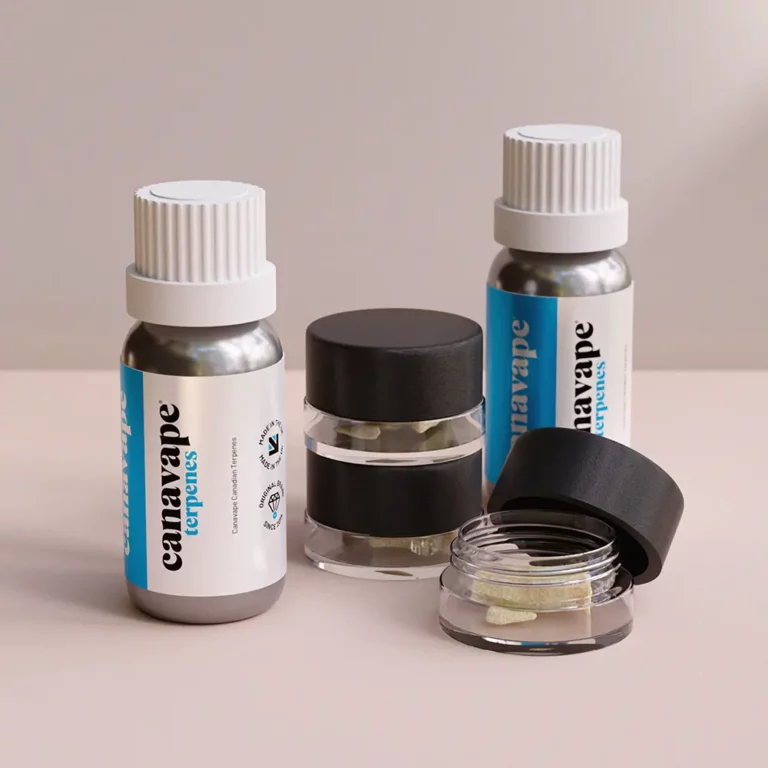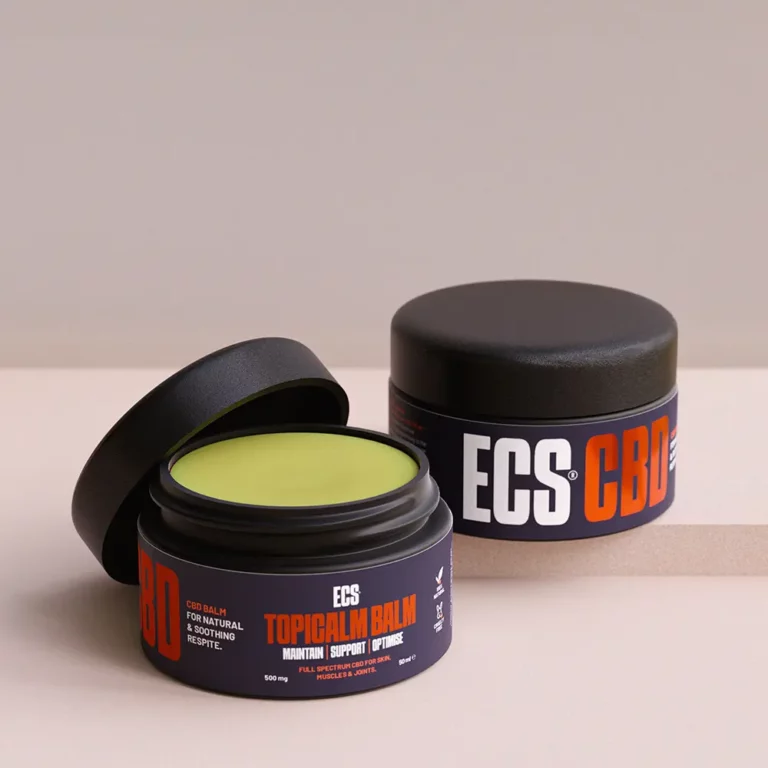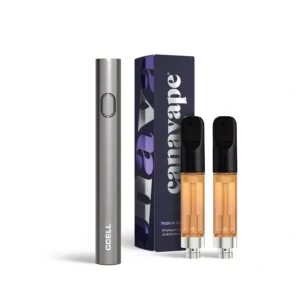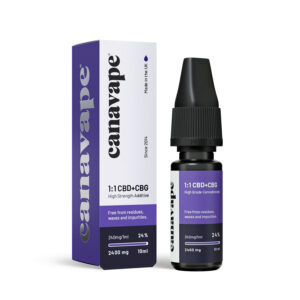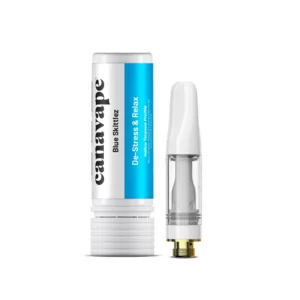When it comes to purchasing CBD oil, one of the most important factors to consider is the CBD content. Testing the CBD content in oil ensures that you are getting a product that meets your desired potency and quality standards. In this guide, we will explore different methods and techniques you can use to test the CBD content in oil.
1. Third-Party Lab Testing
One of the most reliable and widely accepted methods to test CBD content in oil is through third-party lab testing. Reputable CBD oil manufacturers often send their products to independent laboratories for comprehensive analysis.
These labs use advanced techniques, such as high-performance liquid chromatography (HPLC), to accurately measure the CBD content in the oil. The lab results provide detailed information about the CBD concentration, as well as the presence of any other cannabinoids, terpenes, or contaminants.
2. Certificate of Analysis (COA)
A Certificate of Analysis (COA) is a document that accompanies CBD oil products and provides detailed information about the product’s composition. It includes information regarding the CBD content, THC levels, terpene profile, and any potential contaminants.
When purchasing CBD oil, always look for products that come with a COA from an independent laboratory. This ensures transparency and allows you to verify the CBD content before making a purchase.
3. DIY Testing Kits
If you prefer to test the CBD content in oil yourself, there are DIY testing kits available on the market. These kits typically include all the necessary equipment and instructions to perform a basic analysis.
However, it’s important to note that DIY testing kits may not provide the same level of accuracy and reliability as professional lab testing. They are best suited for a rough estimation of the CBD content rather than precise measurements.
4. Calculating CBD Content
If you are unable to access third-party lab testing or DIY testing kits, you can estimate the CBD content in oil by using a simple calculation.
First, you’ll need to know the total milligrams (mg) of CBD in the entire bottle of oil. This information is typically provided on the product label or packaging. Next, determine the volume of the oil in milliliters (ml).
Divide the total milligrams of CBD by the volume of oil in milliliters to calculate the CBD concentration per milliliter. This will give you an approximate idea of the CBD content in each serving.
5. Trustworthy CBD Brands
Choosing a trustworthy CBD brand is crucial when it comes to ensuring the accuracy of CBD content in oil. Reputable brands prioritize transparency and provide detailed information about their products’ CBD content and testing methods.
Look for brands that have a strong reputation, positive customer reviews, and a commitment to quality control. Additionally, brands that provide access to third-party lab reports and COAs demonstrate their dedication to delivering reliable CBD products.
In conclusion, testing the CBD content in oil is essential for consumers who want to ensure the potency and quality of their CBD products. Third-party lab testing, COAs, and DIY testing kits are some of the methods available to determine the CBD content. Remember to always choose trustworthy CBD brands that prioritize transparency and provide comprehensive information about their products’ CBD content.
